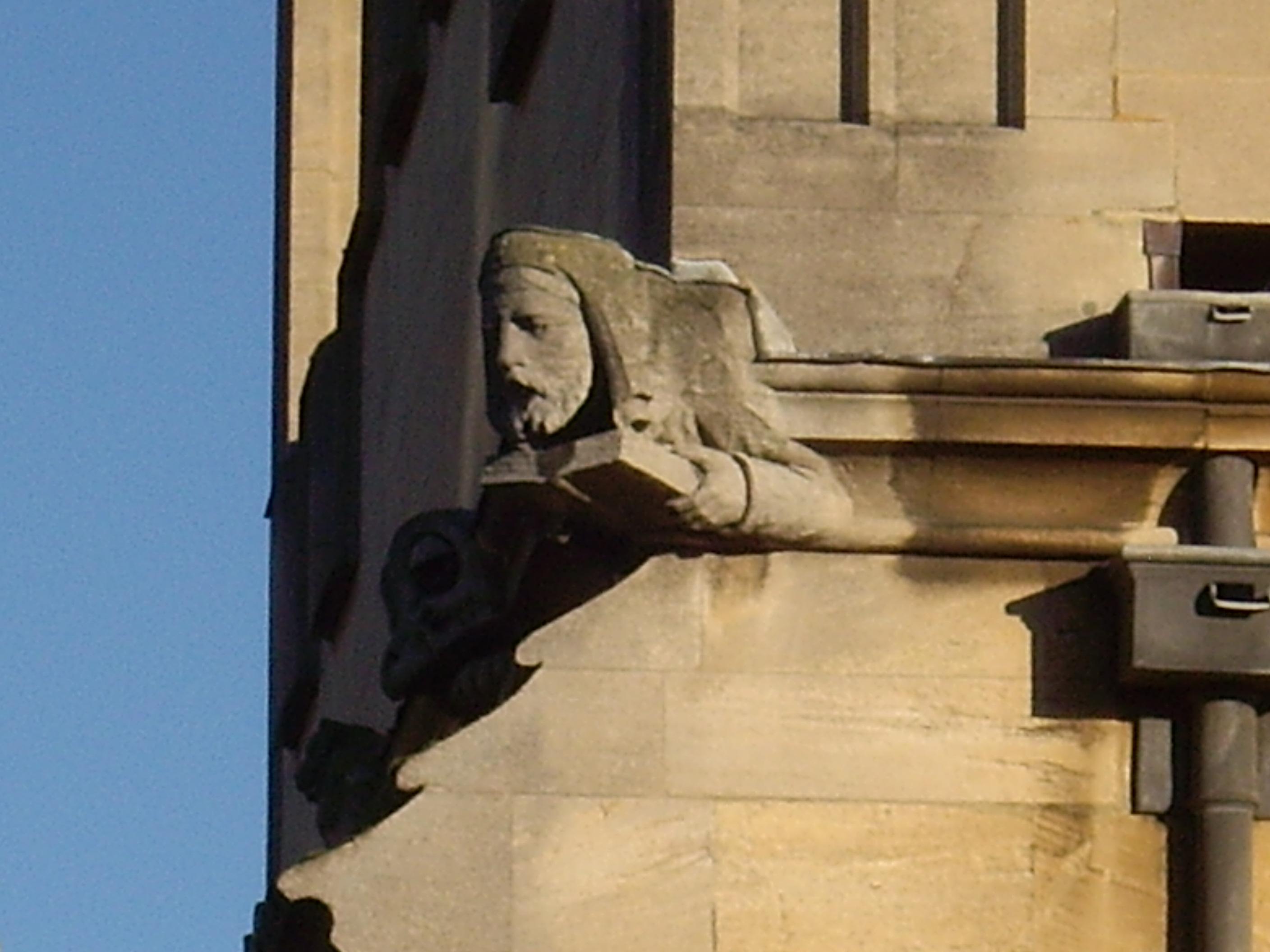‘We are exercising an office of sacred piety when we treat books carefully’, argued Richard de Bury, in his famous treatise on the love of books, Philobiblon (1345). A rather different exercise of sacred piety was in evidence at an intriguing paper on ‘Dirty Books’, given last term to the Medieval History of Art Seminar. The fifteenth-century missals and books of hours studied by Kathryn Rudy had clearly been on the receiving end of a very physical form of devotion: corners and edges of pages were blackened by thumb-prints; illuminations had been smudged and smeared by the touch of fingers and lips; the words of prayers and of the liturgy, and the faces and bodies of Mary, Christ and the saints worn almost into oblivion by a skin-to-skin contact that reflects an urgent, insistent and intense desire for spiritual reassurance.
De Bury would not have been impressed. Tormented by the cleanliness of his contemporaries hands – a fourteenth-century sufferer of OCD? – Bishop Richard spoke with horror of the ‘foetid filth as black as jet’ stuck up students’ nails; their ‘wet and perspiring hands’; the ‘grease-stained finger’. That ‘gloves covered with all kinds of dust’ or the ‘finger clad in long-used leather’ pushed him to similar levels of nervous excitement suggests that only the complete excommunication of readers from the precious pages of the book would have quietened his mood. Perhaps a career in librarianship would have suited him; he would surely have approved of digitisation.
Kathryn Rudy’s paper demonstrated that even dirt, grease and grime – intruders upon the material surface of the manuscript page – could be worthy subjects for academic attention. Using a densitometer to measure the comparative surface reflectivity of clean and soiled parchment, she has been able to quantify the intensity with which each page was used. By cross-referencing the page-by-page results with the contents of each book, Dr. Rudy was further able to reveal the varied patterns of fifteenth-century reading and worship. Some of her readers gave particular attention to the indulgence texts, suffrages, hours of the virgin, or penitential psalms – and almost completely ignored the vigil for the dead. By contrast, an Augustinian canoness paid for her celebratory duties, or a lay family concerned to memorialise their deceased relatives, subjected those same pages in another manuscript to more intense wear than any other part of the book.
In applying modern science to the medieval book, Kathryn Rudy has made a valiant and worthwhile attempt to give an identity to the ‘invisible readers’ – those tormentors of the student of manuscript reception – who hover at the edge of the page. Some clearly did rather more than just hover. The blackened margins in these books of hours and missals are not just the work of grease and grime or acidic perspiration, the regrettable damage of careless readers. They are a person’s thumbprints, imprinted over and over again, an immediate material reminder of the way they held their most precious book, how their fingers cradled its spine and their thumbs pressed down its pages, and of the many hours they spent at their devotions.
